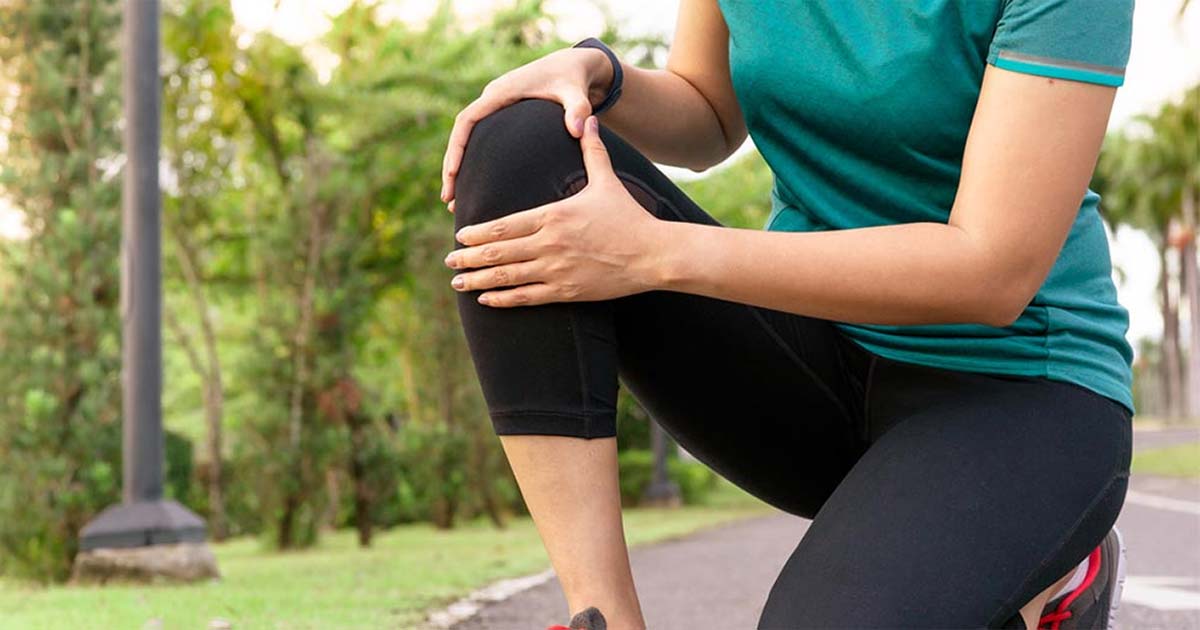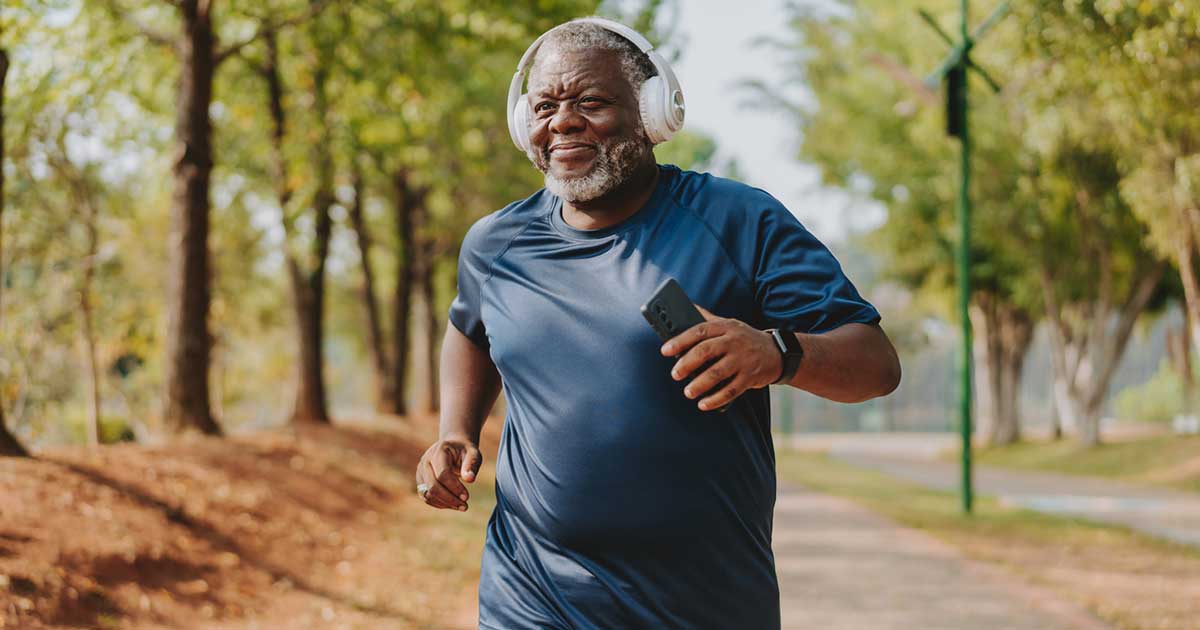Five Tips for Preventing Runner's Knee
Advice to improve your movement, fitness, and overall health from the world's #1 in orthopedics.
Running is the go-to cardio workout for many people looking to release stress, get their heart rates up, and enjoy being outdoors. While there are many benefits to running, first-time runners should be on the lookout for signs of stress on their body, says orthopedic surgeon Dr. Robert Marx, so that they can prevent injury.

Runner’s knee (also called patellofemoral pain syndrome) is one of the most common running-related knee injuries. The main sign is pain in the front of the knee. It’s often caused by weakness of the core and hips.
Dr. Marx offers these helpful tips to prevent runner’s knee.
- Stretch the Muscles around Your Knees
Before running, make sure to do a light warm-up followed by some stretching. Important muscle groups to focus on if you’re concerned about your knees include the quadriceps, hamstrings and calves. Contracting the opposite muscle group at the same time can help improve your ability to stretch those muscles. For example, while stretching your hamstrings, contract your quadriceps.
- Strengthen Your Leg Muscles and Core
Strengthening is very important, including not only hamstrings and quadriceps, but also the core and glutes. Plyometric strength, which involves jumping or explosive movements, can also contribute to injury prevention. Light weight training twice a week for as little as 10 to 15 minutes can also be very helpful. Exercises to try include squats, lunges, or farmers walk (if you have weights at home).
- Use Cold Therapy on Sore Knees
If your knees are sore after a run, try icing them. Sitting in frigid water for five to 10 minutes, or longer if tolerable, is a technique used by many professional athletes. Check with your doctor before attempting this and brace yourself for a cold experience!
- Give your Knees a Break
Especially if you are injury prone, it is wise to mix in other forms of cardio into your routine a few times a week. This can help to ease repetitive strain. Cycling is one option. Circuit training is another that you can do from home.
- Stay Hydrated
No matter what exercise you do, it is important to stay hydrated for optimal muscle function and health. Make sure to have a tall glass of water before you hit the pavement and immediately after you get home. If taking a long run, make sure to hydrate the day before and avoid alcohol.



